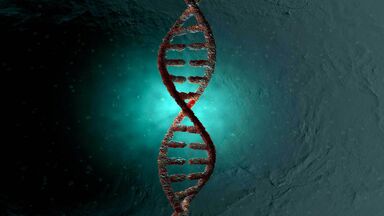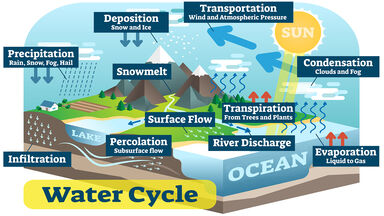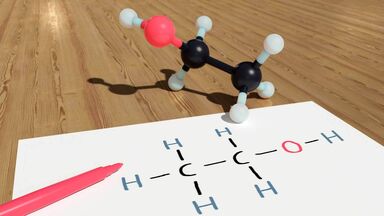The acid has been synthesized, as has also the inactive form of methylethylacetic acid; this modification is split into its optical antipodes by crystallization of its brucine salt.
Methyl conine, C 9 H 19 N or C8H14 N(CH3), is synthesized from conine and an aqueous solution of potassium methyl sulphate at
Brown and Morris in 1892 advanced strong reasons for thinking that cane-sugar, Ci2H22O11, is the first carbohydrate synthesized, and that the hexoses found in the plant result from the decomposition of this.
Water and carbonic acid are synthesized, under the action of sunlight, to form sugar, starch or some other carboh y drate and this is then combined with simple nitrogenous salts to form proteid.
It appears to be synthesized in the plant tissues from carbon dioxide and water, formaldehyde being an intermediate product; or it may be a hydrolytic product of a glucoside or of a polysaccharose, such as cane sugar, starch, cellulose, &c. In the plant it is freely converted into more complex sugars, poly-saccharoses and also proteids.





